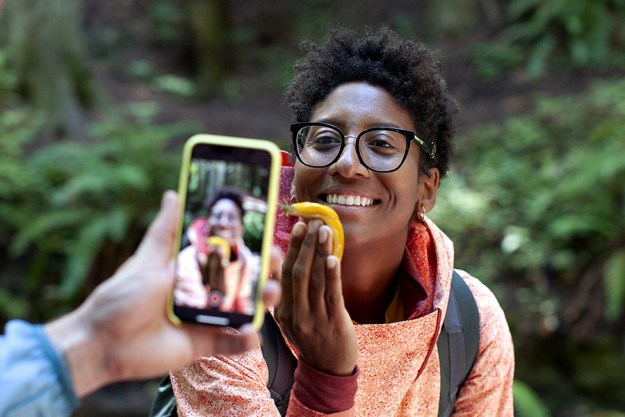
The social networking service for professionals announced the milestone on Monday, adding that its membership base currently spreads across 200 countries.
Growth has been steady for the site but not as striking as, say, that of Facebook or chat service WhatsApp, though its pool of potential users is admittedly much narrower.
It should also be noted that as of last year only a quarter of LinkedIn users were checking in at least once a month, suggesting the company has some serious work to do to encourage greater engagement with the service.
LinkedIn’s Aatif Awan wrote in a blog post that the site’s burgeoning community today represents “10+ million active jobs, access to 9+ million companies, and with more than 100,000 articles published every week it’s helping you stay informed on the news and views impacting your professional world.”
Awant added that the company was “excited to think about the potential of what a highly connected global community of professionals can do, and the value that is created for every member of the global workforce.”
Most-connected city
The post included a few tidbits to throw more light on how the service is being utilized by its growing number of users. For example, the most-connected city in the world happens to be London, with users making an average of 307 connections. Amsterdam shows up second with an average of 288 connections, while the San Francisco Bay area sits in third position with 241 connections.
Launched back in 2002, the Sunnyvale, California-based company isn’t your usual social networking site. While it has in recent years incorporated a number of features found on similar services like Facebook, its main focus remains on the world of work.
LinkedIn, which Microsoft snapped up last year for a shade over $26 billion, has had to deal with a few bumps in the road over the last 15 years, notably in 2015 when it agreed to pay out $13 million to settle a class-action lawsuit following complaints that it was sending out too many “invitation” emails to members’ contacts, and without their consent. It also suffered a serious data breach back in 2012.
